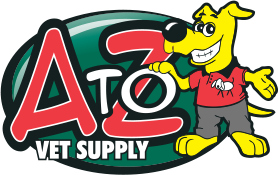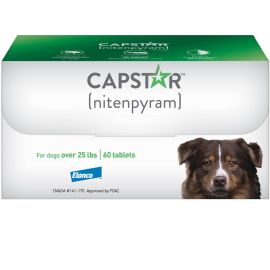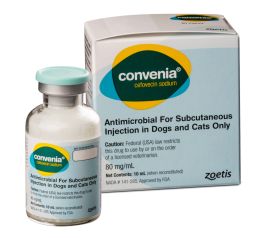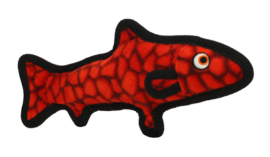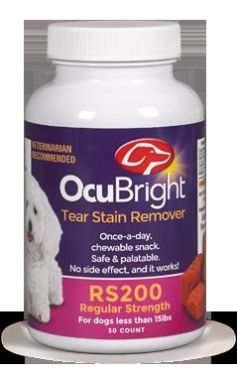| Directions |
Installation and Troubleshooting Instructions:
- Stanfield Heat Pads must be anchored in a dry, well-drained location, using the predrilled holes. Additional anchor holes can be drilled AROUND THE OUTER MARGIN IN THE PREDIMPLED LOCATORS ONLY. Drilling holes anywhere else can damage the heating element.
- Always install the heat pad so that the power cords are protected from the animals. A cover such as the F152 Cord Shield or alternative conduit is recommended to provide protection from chewing damage or abrasion.
- Damage to the cords caused by insufficient protection is not covered by warranty and may result in hazardous electric shock.
- Stanfield Heat Pads do not use an internal thermostat. At full rated input voltage, Stanfield Heat Pads operate at a temperature of about 30 to 35 deg F (16 to 20 deg C) above the ambient surrounding air temperature.
- CAUTION: Use of a heat pad control is recommended to set the temperature of the heat pad, e.g. the Stanfield Heat Pad Control Model F911 or a System Control Model F920A or F920D for multiple heat pads. For best accuracy, you can check the actual operating temperature, using the Stanfield Temp Probe™ Infrared Thermometer, Model FEPP1200 Always allow about 30 minutes between adjustments for the heat pad to attain its normal operating temperature.
- For Use with Pets including Dogs, Cats, and Other Small Mammals And for Turtles, Tortoises, Snakes and Other Reptiles.
If non-use of the heat pad is observed or the heat pad is cool to the palm of the hand or when checked with a Temp Probe or other surface thermometer, check the following:
A. Is electrical power applied to the heat pad?
1. If the GFI has tripped, then disconnect the heat pad from power and visually check for damage to the heat pad or the power cord. If no damage is found, then reset the GFI and reapply power. If the GFI trips again, take the heat pad out of service and return to Osborne Customer Service for inspection and repair.
2. If the GFI is OK, then check the outlet with another electrical device, e.g. a lamp, to ensure that power is applied to the outlet.
3. Check the power plug for corrosion.
B. If the heat pad is warm, but animals are not using it, check for drafts in the area compared to the area where they do lay. Change ventilation to reduce draft to an acceptable level.
C. If the animals are restless or lie next to the heat pad, but not on it, or use it only intermittently, the heat pad may be too warm. Reduce temperature until the animals rest comfortably. Always keep your heat pad clean and dry for longest product life, best performance, and safe operation. Avoid the use of bedding materials, which retain heat, absorb water and urine, or may support a flame if the power cord is accidentally damaged by the animals.
Cleaning Instructions:
- Always keep your heat pad clean and dry for longest product life, best performance, and safe operation. Avoid the use of bedding materials, which retain heat, absorb water and urine, or may support a flame if the power cord is accidentally damaged by the animals.
- Heat pads are safely high-pressure washed, brushed, scraped and immersed in water or disinfectant. Dry heat pads thoroughly after washing. Maintain dry operating conditions. Stanfield heat pads are water-resistant, but continuous exposure to moisture or urine may lead to early product failure.
|
